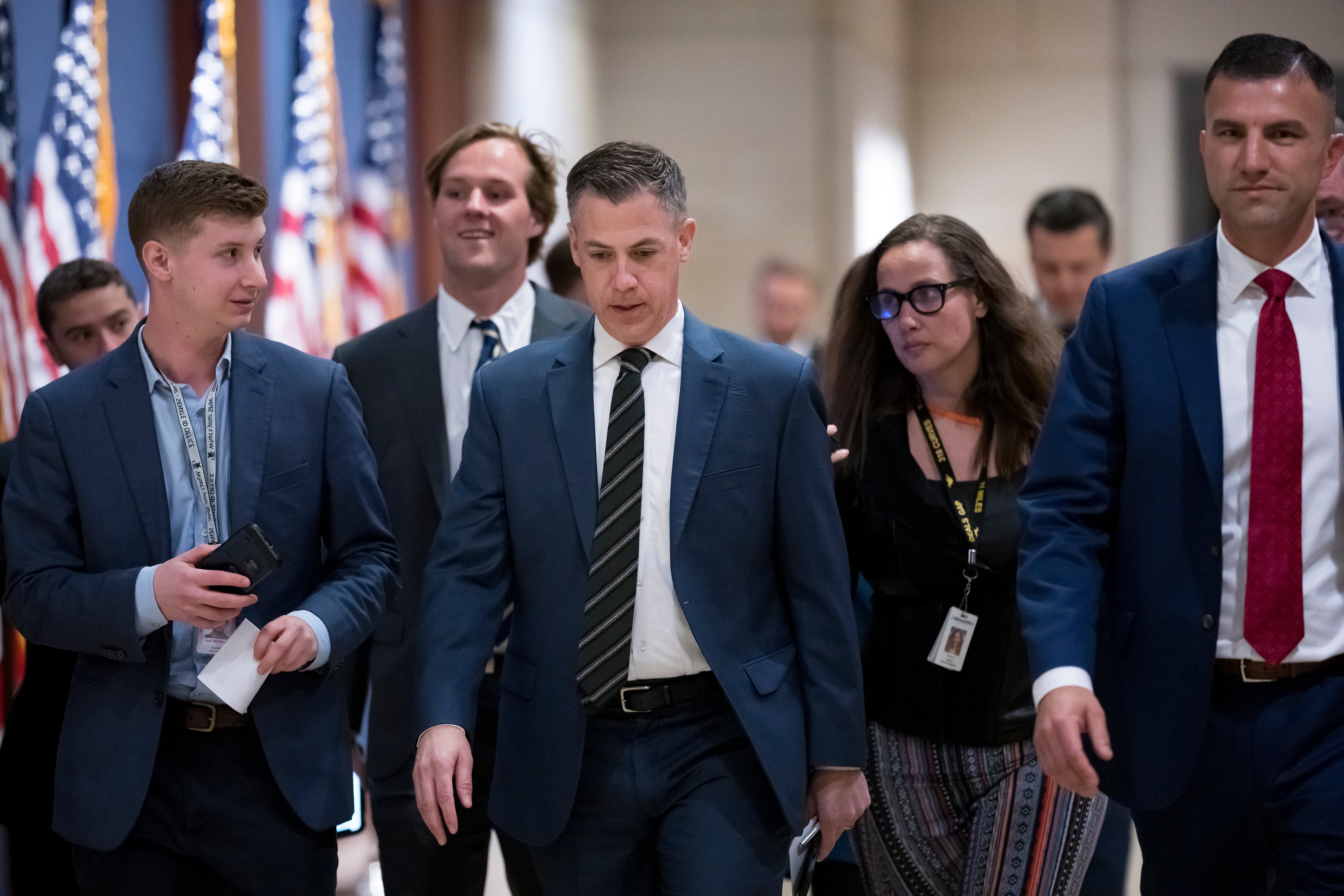Very soon the Army will roll out a new test to answer an old question faced by its recruits forever: Do you have what it takes?
The four-event Occupational Physical Assessment Test will become part of the recruitment process, with potential soldiers in all components needing to hit predetermined scores to qualify for their chosen careers — and to enter service, period. The Army is hoping to offiicially launch the test in June.
A medicine-ball throw, standing long jump, deadlift and interval run (called the "beep test") will yield enough information to help the service determine whether recruits can be groomed for success in a given military occupational specialty, officials with the Center for Initial Military Training said.
Unlike other Army fitness tests, there is one scoring scale — no separate charts for age or gender. Soldiers who don't make the minimum score for their chosen MOS won't ship to training.
Along with setting entry-level fitness standards for all Army jobs, the setup will weed out soldiers whose low fitness levels could make them retention issues waiting to happen.
As Michael McGurk, director of CIMT's Research and Analysis Directorate, put it, "If you were considering going to college and you took your SATs at the start of your sophomore year, you may have wasted your entire freshman year, because you're not college material."
Thousands of soldiers and U.S. Military Academy cadets have taken some or all of the OPAT, giving researchers critical data and providing feedback. One thing those testers made clear to the number-crunchers: Those in uniform have a vested interest in the fitness of the future force.
"One thing that consistently surprised us was the desire of soldiers to participate in this," McGurk said. "They really liked being physically challenged, and they really think getting better, more fit soldiers, is an important thing for us."
OPAT FAQs
Q. Is this the "MOS-specific fitness test" I keep hearing about?
A. The short answer: No. Researchers considered designing such a test, "but it became rapidly apparent," McGurk said, "when you're talking 180 MOSs, [that was] infeasible."
Instead, this test grew out of research initially focused on measuring physical requirements for combat-arms branches, which were closed to women at the time the studies started. What evolved was a test that could be graded against a list of MOS requirements, with the jobs broken into three categories based on physical demands.
Q. What MOS is the toughest? Do I have bragging rights?
A. The Army hasn't released the MOS breakdown, nor the exact scoring method for the OPAT. Experts are reviewing data provided for each specialty that identifies the most taxing physical requirements and how often those requirements must be performed.
Researchers noted that combat-arms jobs don't have exclusive claim to the top spots. Whitfield East, a CIMT research physiologist, gave the example of a wheeled vehicle mechanic who may need to perform a tandem lift on a heavy tire.
Q. Why these four events?
A. Part of the selection process involved finding events that best gauge how soldiers will perform everyday Army tasks – see the breakout boxes for more details on that correlation. Another part comes from the resources available at recruiting centers, and the restrictions placed on a test that has to be available for all recruits at all times, regardless of weather or resources.
"If I'm at a reception battalion, and I have a track outside the main facility, I can go out and do a two-mile run." East said. "If I'm going to administer this in a reception center in Minot, North Dakota, in February, going outside is a no-go."
Q. About that two-mile run … shouldn't this test measure endurance?
A. It does, according to researchers, just not in the way soldiers who face the Army Physical Fitness Test might expect.
The interval aerobic run, or beep test, might seem like a simple sprint, but participants who max out on the event could be out there for a while. Top-level performers could cover the 20-meter track 100 times. East called it "a great surrogate for a distance run in a confined space" and a widely used method to measure VO2 max, or maximum oxygen uptake, which helps determine endurance levels.
Q. Can test-takers spread their points around?
A. No. The MOS thresholds are on an event-by-event basis. A recruit can max out the deadlift, but if his medicine-ball throw doesn't meet standards, he's out of luck.
Q. This seems too easy. Soldiers will face much more grueling tasks than four deadlifts and a shuttle run.
A. CIMT officials are quick to point out that these still-unreleased MOS requirements aren't meant to suggest that test-takers who meet standards are mission-capable. Instead, they are designed to determine which recruits have the proper fitness base to begin Army training, which will mold them into the future fighters the Army requires.
Q. The Army says you can't "fail" the OPAT. What do they mean?
A. Like the Armed Services Vocational Aptitude Battery, retests will be available to recruits who don't hit their numbers. Officials haven't formalized that part of the process, but it's likely a window of time, perhaps 30 days, will be required before recruits can make another go. A cutoff will be set based on their training report date — pass by then or don't report.
Q. If a recruit wants a high-physical-demand job but only qualifies for a lower-tier MOS, is he automatically put on a new career path?
A. No. Recruiters will talk to recruits about options in other MOSs, CIMT officials said, but the future soldier will have the final say — reclassify or walk away.
Q. What does this mean for my future fitness tests?
A. Col. Rick Heyward, CIMT chief of staff, said work on the OPAT "busted the dam wide open" when it comes to how the Army looks at functional fitness. Some of the research could lead to changes to the Army Physical Fitness test, which was developed in the early 1980s, but no decisions have been made.
The APFT is "a good measurement of endurance," Heyward said. "but it doesn't measure holistic fitness."
Kevin Lilley is the features editor of Military Times.





